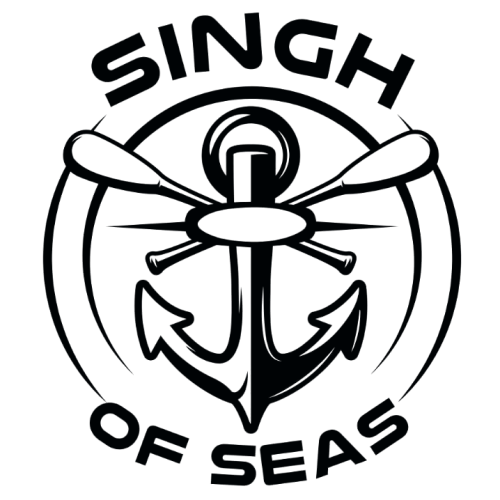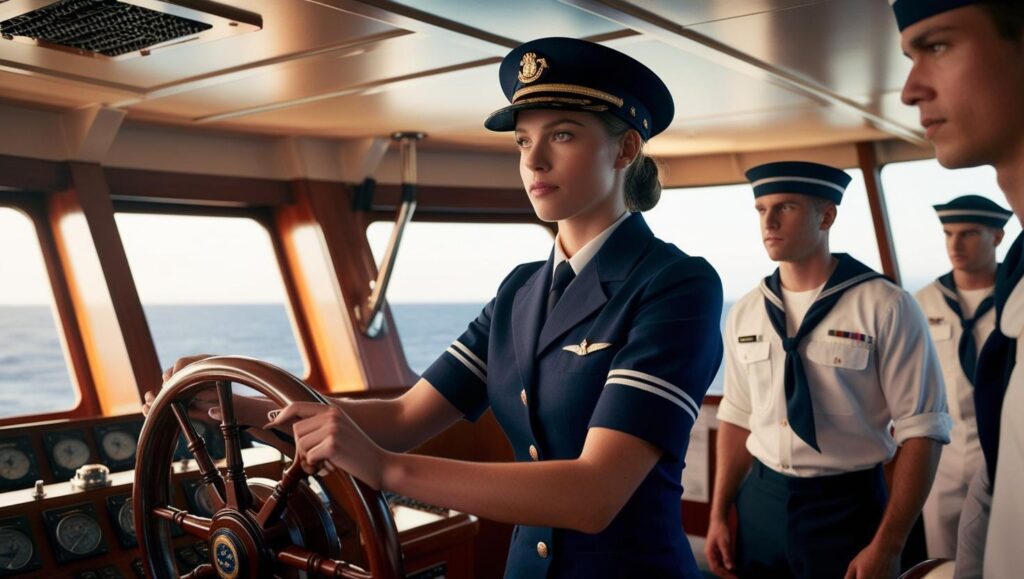Women Seafarers: Navigating the Waves of Change
In recent years, the maritime industry has seen significant efforts to open its doors wider to women. International bodies such as the International Maritime Organization (IMO) and national regulators like the Directorate General of Shipping (DG Shipping) have been working to promote gender diversity on board. This blog explores the current state of women seafarers, the regulations in place, and the spectrum of opinions on this transformative shift in the maritime world.
IMO and DG Shipping: Driving Change
Both the IMO and DG Shipping have recognized the need for greater inclusion of women in the maritime sector. They are taking proactive steps to break down old barriers:
• Policy Initiatives: The IMO has issued guidelines and recommendations aimed at promoting gender equality, encouraging shipping companies and maritime academies to create policies that support women seafarers.
• Enhanced Regulations: DG Shipping has been collaborating with maritime training institutes to ensure that curricula, recruitment policies, and working conditions are conducive to the inclusion of women.
• Awareness and Advocacy: Initiatives such as workshops, seminars, and awareness campaigns are designed to challenge traditional norms and encourage more women to consider seafaring as a viable and rewarding career.
These efforts are part of a broader vision to transform the maritime workforce and ensure that the industry benefits from the talents of both men and women.
Rules and Regulations in Place
To facilitate this shift, several key regulations and guidelines have been introduced:
• Equal Opportunity Policies: Shipping companies are being encouraged to adopt and implement policies that provide equal opportunities for recruitment, training, and advancement of women.
• Workplace Safety and Harassment Policies: Strict rules are in place to create a safe and supportive working environment, ensuring that women can work at sea without fear of harassment or discrimination.
• Flexible Training Programs: Maritime training institutions now offer programs that cater to the specific needs of women, including adaptable training schedules and support networks.
• International Standards: Both the IMO and national bodies like DG Shipping have aligned their regulations with international best practices, ensuring consistency and high standards for the inclusion of women across the maritime industry.
These regulations not only safeguard the rights and safety of women seafarers but also provide a framework that enables more women to pursue maritime careers with confidence.
Women at Sea: The Current Landscape
Women have already begun to make their mark in the maritime sector, despite historical challenges:
• Rising Numbers: An increasing number of women are entering maritime academies, training programs, and even taking up roles on commercial vessels.
• Pioneering Role Models: Among the ranks, many women have become role models—serving as officers, engineers, and specialists in various fields. Their presence on board challenges old stereotypes and paves the way for future generations.
• Diverse Opinions: The move toward greater inclusivity has not been without debate. While many applaud the changes as a necessary evolution for a global industry, some critics remain wary. Concerns often center on traditional maritime roles, perceived disruptions in crew dynamics, and the challenges of adapting working conditions to suit a more diverse workforce.
The Debate: Support and Opposition
The integration of women into the seafaring profession has stirred varied opinions:
• Supporters:
• Argue that diverse crews lead to better problem-solving and innovation.
• Point out that many women already excel in maritime roles and bring fresh perspectives to operational challenges.
• Emphasize the economic and social benefits of a more inclusive workforce that leverages the talents of half the population.
• Opponents:
• Express concerns about adapting existing work environments, which were primarily designed for men.
• Question whether current facilities and onboard accommodations can adequately support female crews.
• Worry about disruptions in traditional crew dynamics and potential resistance from long-time seafarers.
Despite these debates, the momentum behind gender inclusivity continues to grow, backed by strong policy frameworks and successful examples of women thriving in seafaring roles.
Conclusion
The maritime industry is undergoing a significant transformation. Through the proactive efforts of the IMO and DG Shipping, along with supportive regulations, the future of seafaring is becoming more inclusive. Women seafarers are increasingly taking to the oceans, proving that diversity is not a challenge to overcome but a strength to be harnessed.
This journey is still evolving, and while there are challenges to address, the collective vision is clear: a safer, more efficient, and more diverse maritime industry that leverages the talents of everyone, regardless of gender.
As the industry navigates these changes, it is important for all stakeholders to keep an open mind and work collaboratively toward a future where the sea is accessible to all who have the passion for it.
For more insights and guidance on maritime careers and industry trends, subscribe to our blog or reach out to us on Instagram @singhofseas.

